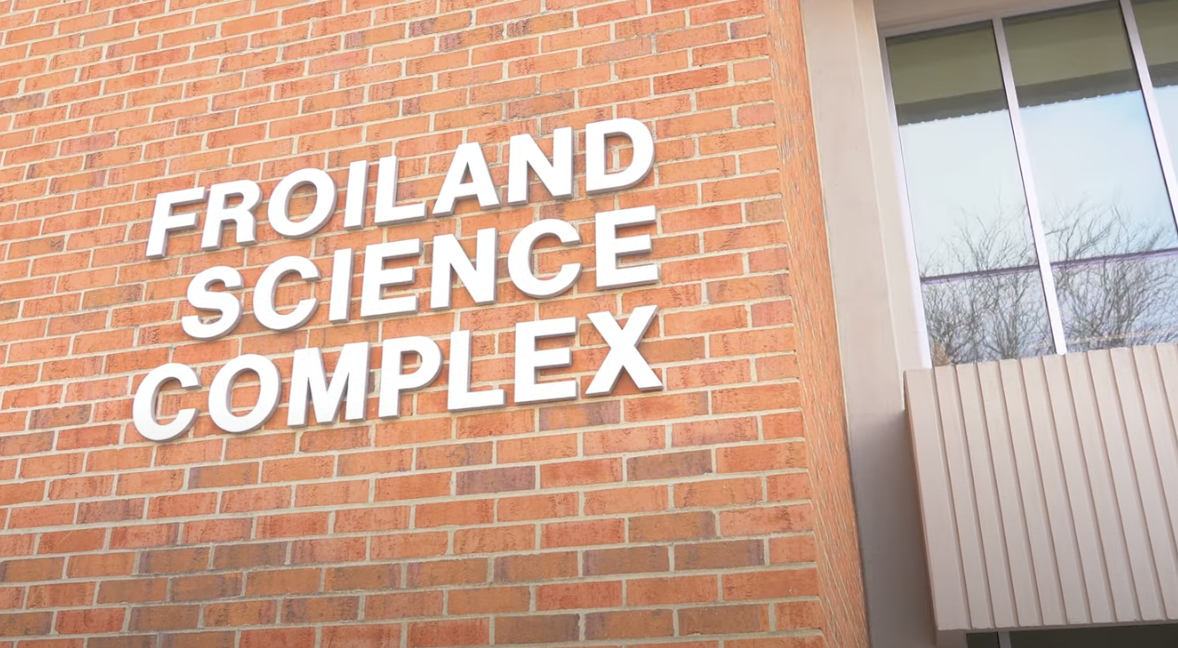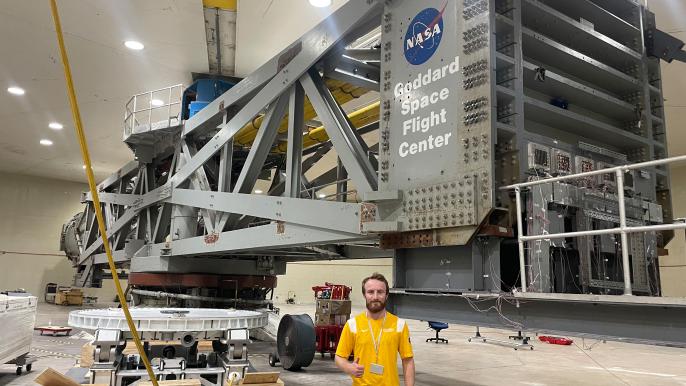The Augustana University Physics Department supports excellent scientific and technical education as well as research opportunities that prepare students for lives of intellectual growth and service. Students are immersed in forefront research and nationally recognized instruction with professors in small settings. The combination of personal attention from faculty and student access to large facilities through our collaborations produces a powerful educational experience.
Physics Department Tour at AU
Programs of Study
Contact Us
Address
Augustana University
Physics Department
Froiland Science Complex
2407 S. Summit Avenue
Sioux Falls, SD 57197
Social
Latest News
Augustana University has been awarded approximately $45,000 per year through 2028 to support key initiatives designed to inspire youth education in STEM-related fields in South Dakota.
Augustana University is offering a new 5-year dual-degree engineering program — set to launch in Fall 2025. As part of the new program, students will take foundational courses at Augustana, earning a Bachelor of Arts (B.A.) degree in chemistry, physics or mathematics at the university. Students will begin taking online engineering courses in their second year — offered through the University of North Dakota (UND).
This is in addition to Augustana's other dual-degree engineering options.
Augustana University student Patrick Adah ‘26, who hails from Lagos, Nigeria, is an engineering physics and dual-degree engineering double major. He is interning at the South Dakota Department of Transportation (SD-DOT) in Mitchell, South Dakota, where he reviews construction plans, conducts field tests and collaborates directly with contractors on highway and bridge projects.






 Dr. Eric Wells’ research work is centered around understanding and controlling molecular dynamics in strong laser fields.
Dr. Eric Wells’ research work is centered around understanding and controlling molecular dynamics in strong laser fields. Dr. Nathan Grau's research is focused on understanding the strong nuclear force responsible for binding protons and neutrons in nuclei and energy generation in the sun.
Dr. Nathan Grau's research is focused on understanding the strong nuclear force responsible for binding protons and neutrons in nuclei and energy generation in the sun. Dr. Drew Alton's research is focused on weakly interacting particles, lately in the form of Dark Matter, but before that in terms of understanding the W/Z boson and neutrino interactions.
Dr. Drew Alton's research is focused on weakly interacting particles, lately in the form of Dark Matter, but before that in terms of understanding the W/Z boson and neutrino interactions. All of the physics faculty members — Dr. Drew Alton, Dr. Amy Engebretson, Dr. Nathan Grau and Dr. Eric Wells — are interested in a research-based understanding of the craft of physics instruction.
All of the physics faculty members — Dr. Drew Alton, Dr. Amy Engebretson, Dr. Nathan Grau and Dr. Eric Wells — are interested in a research-based understanding of the craft of physics instruction.